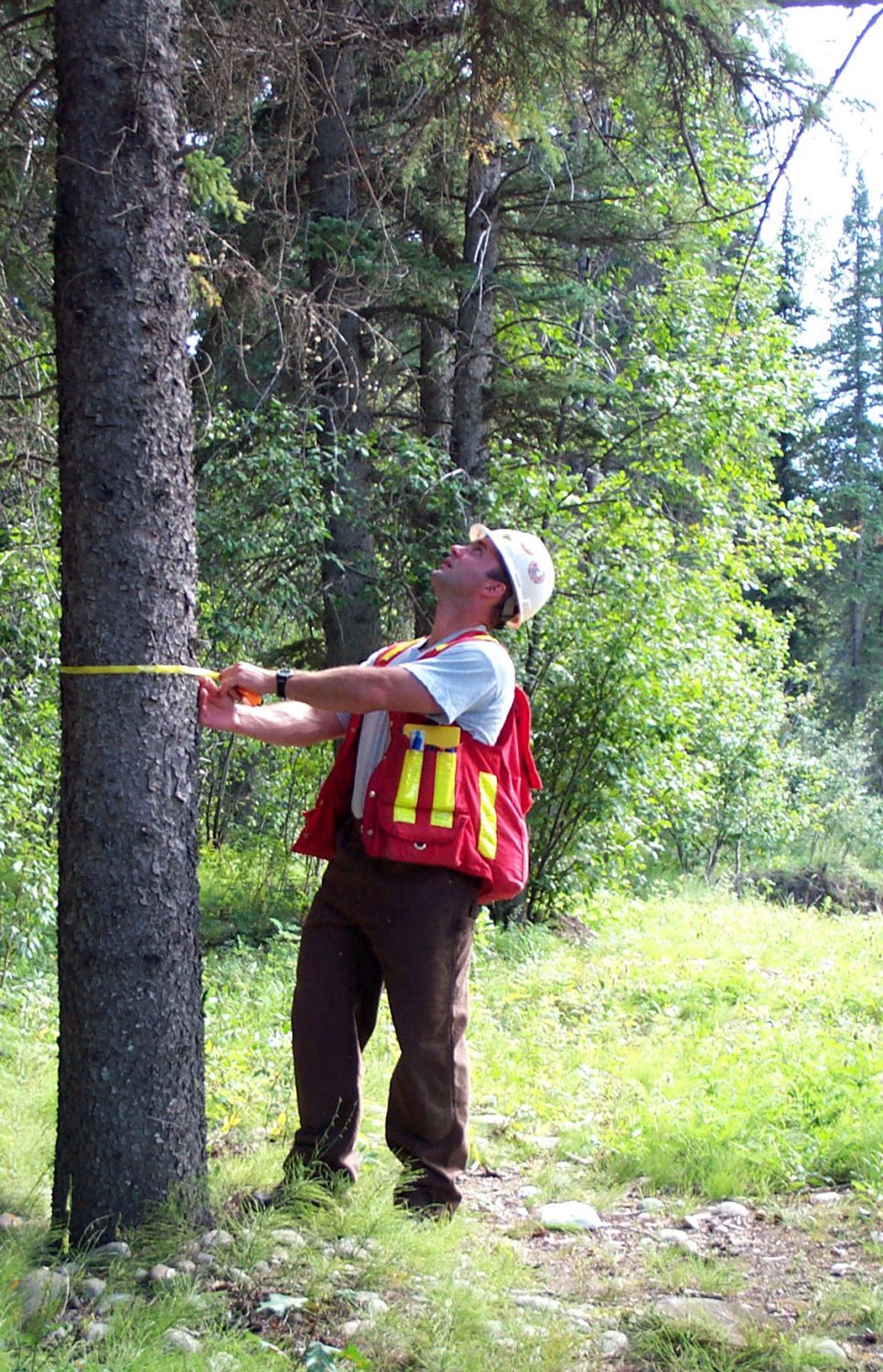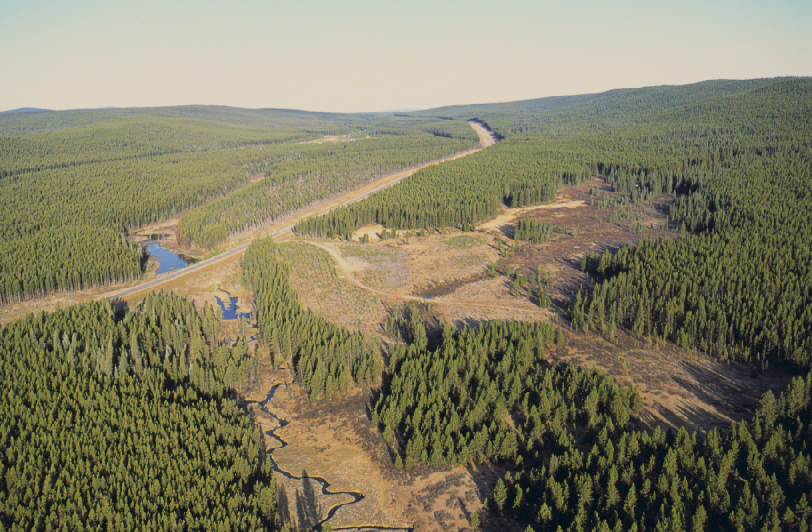The 'Monitoring' Journey
Challenges &
Opportunities to EBM
Monitoring
Effective, long-term monitoring that is linked to VOITs (values, opportunities, indicators, targets) is a challenge for many organizations. Although valuable, monitoring is expensive, complex, sectoral-specific and time-consuming. This makes it a challenge to implement. For instance, forest companies are not responsible for elements such as species at risk monitoring, provincial governments do compliance monitoring and audits, and industry certifications require self-monitoring verified by third parties in relation to standard requirements. In addition, the timing of monitoring outcomes and management planning are often mismatched. This diffuse responsibility and timing is a challenge for EBM implementation.

Photo credit: West Fraser
The EBM Journey
The journey is the process of supporting and sharing knowledge that will allow us to shift current forestry management towards EBM
case studies?
Landscapes Program?

